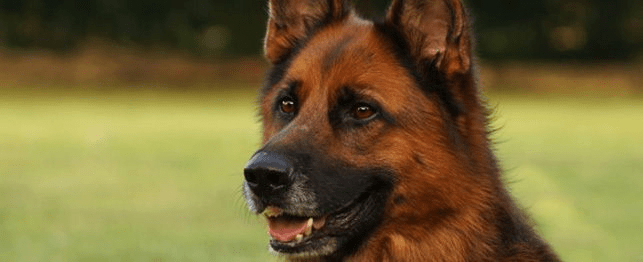
All About Police Dogs
Police dogs are specially trained to be part of the force. They’re referred to as K9s, a shortened version of the term “canine.” Police dogs may sniff out criminals, drugs, bombs or other items, and different dog breeds may serve different purposes on the police force. For example, Rottweilers and Doberman Pinschers are often used for protection, and retrievers, hounds, collies, schnauzers and beagles are frequently assigned to search and rescue or drug detection missions. Moreover, Tarheel Canine Training explains that there are single and dual-purpose service dogs. Single-purpose dogs primarily track scents and provide protection. Dual-purpose dogs serve those functions and also detect narcotics or explosives.
PetPlace is committed to teaching pet owners around the world about how incredible their animal companions are. Today we’ll be filling you in on everything you need to know about police dogs.
How Do Police Departments Obtain Their Dogs?
According to the National Police Dog Foundation, most K9 units do not take in dogs from the public. They often get them from specialized breeders in Europe. This tradition has been in place for decades. Unfortunately, many police departments don’t have a budget for K9 units. As a result, in many areas, agencies raise funds to acquire police dogs.
Police dogs must be intelligent, have a strong sense of smell and possess a willingness to work. Dogs that are innately shy or anxious don’t make ideal police dogs. However, intensive training that begins at an early age can help foster certain traits in a dog. Socialization and obedience training are also important since dogs in K9 units must follow challenging and complex commands in demanding and stressful environments. Some police departments acquire dogs with basic obedience training and then assign them to more intensive training to bring them up to speed. In other cases, the police purchase dogs that have already undergone police dog training.
Regardless of how the dog was trained, it’s important for the police handler to develop a relationship with their canine. Once both the dog and its human partner are adequately trained, they are certified to work in the field.
How Are Police Dogs Named?
A police dog’s name will be called out loudly and repeatedly throughout the course of its career. Most training facilities and K9 units agree that their dogs should have names that represent their aggressive, rough nature. After all, criminals should be intimidated when the handler calls out a police dog’s name. Yelling out “Daisy” isn’t likely to scare anyone. Names like Bomber, Kujo, Attila, Fury and Blade are more appropriate for police dogs.
Are Police Dogs Trained to Be Aggressive?
Bite sleeve training teaches police dogs to attack people who threaten the dog’s partner. During this type of training, an aggressor will wear a bite sleeve and act in a threatening manner toward the handler. When the handler gives a command, the calm dog will bark viciously and attack the sleeve. Dogs in the K9 unit are also trained to read their partner’s’ body language. If the officer is relaxed, the dog will most likely be relaxed. But if the handler shows signs of fear or tension, the dog will react by intimidating the source of the threat.
It’s worth noting that police dogs are trained not to engage in active aggression unless they are given a command. Attack commands are usually given in German. This is partly tradition and partly to ensure that the dog only responds to the handler’s orders. Although police dogs can be aggressive on demand, they usually make great pets. These loyal, obedient and intelligent animals can become great additions to any family.
What Happens When a Dog or Its Handler Retires?
Police dogs usually retire between the ages of eight and ten. They then become the handler’s’ family pet. If a handler retires, the dog might retire with the officer. Depending on the dog’s age and health, it may also be re-trained to work with another partner.
Retired police dogs may also be adopted, but this process is more difficult than the regular dog adoption process. The police station or adoption agency will have a long list of requirements to make sure that the dog’s needs are met. Some agencies will not place retired police dogs in a home with other small animals. Because police dogs usually live with their owners, you may have to get on a waiting list to adopt a police dog. It may be easier to adopt a military working dog or government contract working dog.